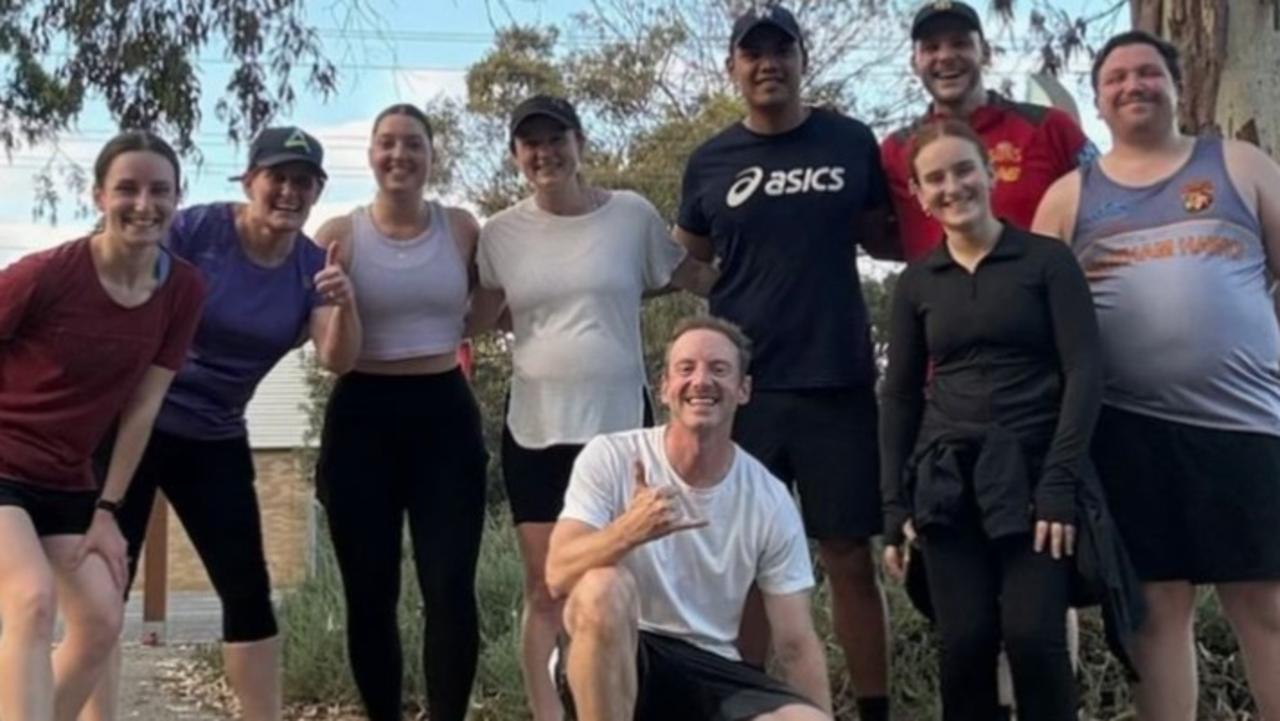Our greatest givers: SA’s high-impact philanthropists
You may have never heard of them, but you’ve seen them in action. These are the people, the trusts and foundations that work to better SA – and here’s why we need to talk about them.

SA News
Don't miss out on the headlines from SA News. Followed categories will be added to My News.
A foundation that will stand side by side with communities, many in regional and remote areas, to help them tackle mental health by building resilience and wellbeing.
A trust that helps people suffering homelessness and hardship, which has spiked in recent months and sees more older women and sole parents at the front of the queue, and more working people failing to make ends meet.
The legacy of a pair of art lovers who have poured more than $120m into South Australian communities, services and institutions and now has a special version of Swan Lake by The Australian Ballet being performed in their honour in October this year, in their hometown.
A family foundation that has funded music teachers in low socio-economic schools and is looking to encourage other like-minded families to embrace philanthropy.
Today we look at some of the state’s most significant givers; the trusts and foundations who invest their time and money on better outcomes for the people of this state, how it can be further developed, what it means for the future, how we can do better and why we really need to be talking about it.
Philanthropy Australia CEO Jack Heath says South Australia has a long, strong and proud history of philanthropy.
“Today, there are a number of generous philanthropic trusts and foundations in SA,” Mr Heath says. “These include the James and Diana Ramsay Foundation, Nunn Dimos Foundation, Fay Fuller Foundation, Day Family Foundation and the Wyatt Trust.”
He also pointed to strong corporate philanthropy by some key local companies, such as the Bendigo and Adelaide Bank and Santos.
“Areas of impact supported by philanthropy in SA include the arts, medical research, youth, education and the environment,” he says.
Mr Health explains, many individual philanthropists and families can be fiercely private about publicising their acts of generosity.
“South Australians are a fundamentally generous people, also many South Australian philanthropists choose to conduct their giving privately,” he says.
So today we focus on some of the key trusts and foundations.
JAMES AND DIANA RAMSAY FOUNDATION
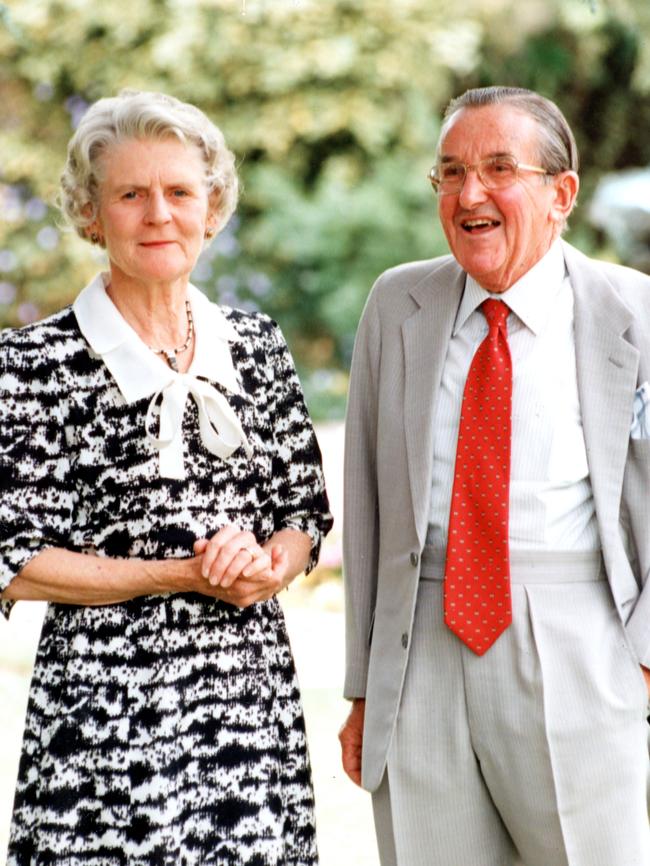
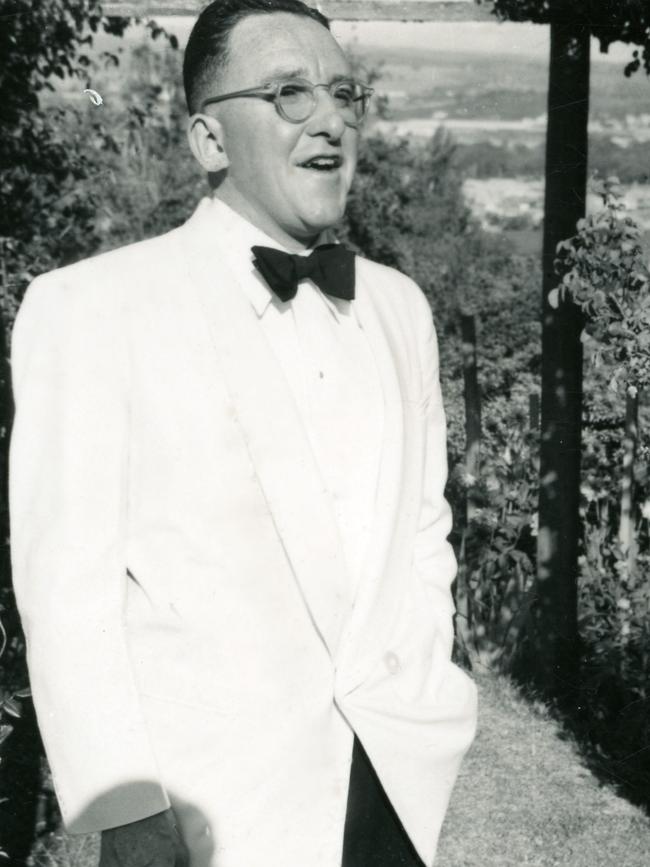
JAMES Ramsay would have turned 100 this year. As one of South Australia’s great philanthropists he, alongside wife Diana and their foundation, have poured more than $120m into South Australian communities, services and institutions, with a particular focus on their mutual passion: the arts.
In 2019 – 23 years after his death – they bequeathed an astonishing $38m to the Art Gallery of South Australia (AGSA).
Look around and their footprints are everywhere; the Ramsay Art Prize, SAHMRI, Operation Flinders, universities, arts groups and schools.
Last month, July, would have marked James Ramsay’s milestone and, to celebrate, the James and Diana Ramsay Foundation gifted $1m, its largest ever grant, to The Australian Ballet for a Swan Lake production in his memory. It will come to Adelaide in October.
“We think it is a fitting way to celebrate his legacy and everything he has done for this state,” says Kerry de Lorme, the foundation’s executive director.
“And I think it’s important to remember and an important milestone to celebrate.
“What they have done for this state is enormous.”
In 1981, they helped establish the Art Gallery Foundation of SA. Key works obtained over the years through their generosity include most of the gallery’s holdings of Hugh Ramsay works, as well as pieces by Jacob van Ruisdael, Napier Waller, Edwaert Collier, Christian Waller and, in more recent years, Angelica Kauffman, Jeffrey Smart, Nalini Malini and Andy Warhol.
They also were one of the major donors that helped buy the gallery’s Camille Pissarro impressionist work in 2014, Prairie a Éragny, which cost $4.5m.
Their interests widened over the years and, in 1988, they sponsored the Australian Ballet company to travel and perform at the Royal Opera House, in London, a show attended by Queen Elizabeth II.
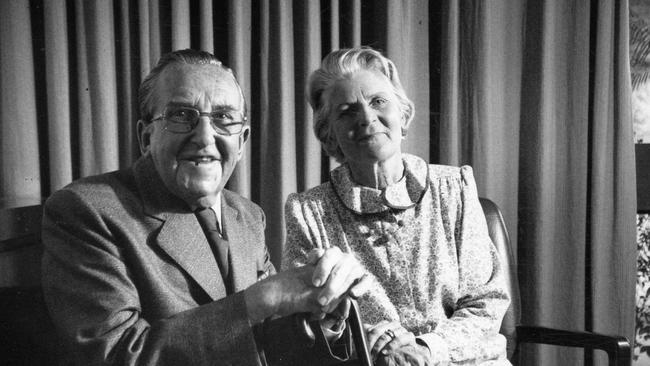
As their generosity grew, so did their interests, from medical scholarships, to services in the regions, to helping young children at risk.
Art, however, was never far from their hearts and the pinnacle was the 2019 gift.
Their motivation had been the Felton Bequest, which had helped the NGV (National Gallery of Victoria) to buy 15,000 works which, in 2004, were valued at more than $1 billion, including by Rembrandt, Monet, van Gough and Turner. (They are now estimated to be worth more than $3bn).
James had drawn up the bequest plan in 1994 to take effect after the death of his wife. When Diana passed in 2017, 90 per cent of it was from his estate, the rest from Diana’s.
Writing in SA Weekend in 2019, journalist Roy Eccleston described it as a “magic pudding” for the gallery, saying it “protects the capital, which is to be invested, while allowing the gallery to spend a portion of the interest to buy great works of art. The more it grows, the bigger the dividend for art – indefinitely.”
Today, their gifts to AGSA total in the vicinity of $63 million.
During a recent speech to mark James Ramsay’s birthday at Government House, SA Governor Frances Adamson described the couple as “the most generous donors in the history” of the art gallery.
WYATT TRUST
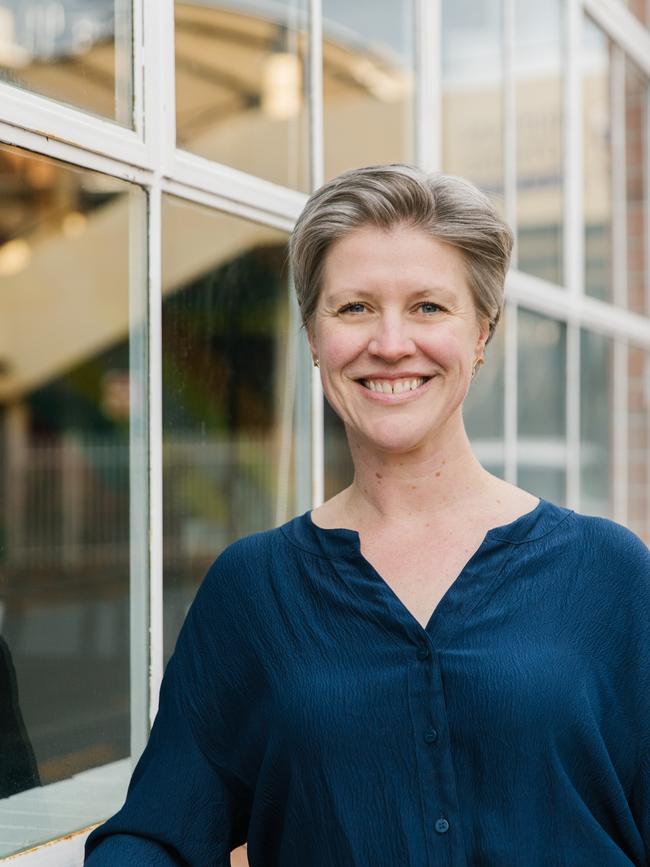
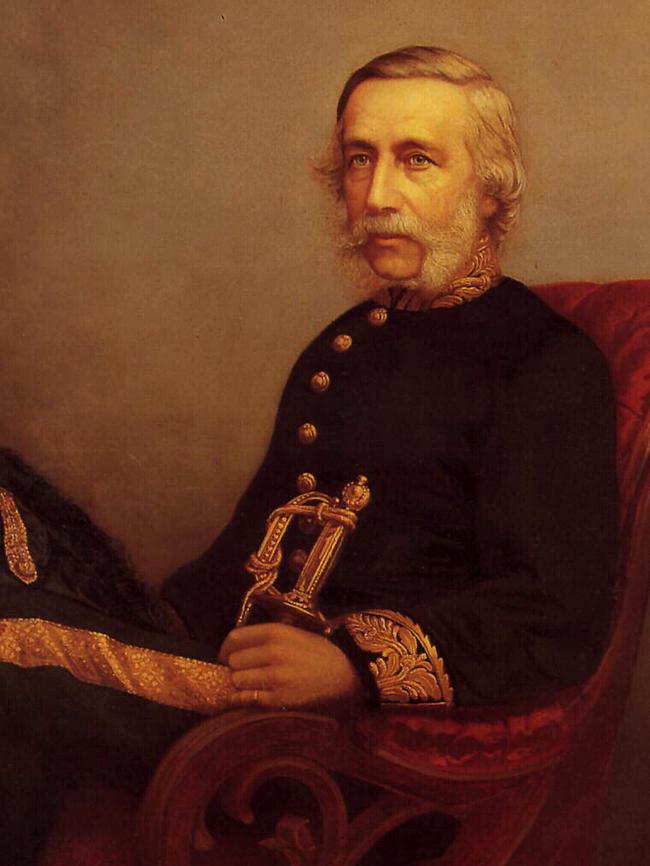
THE Wyatt Trust was established through a bequest left by Dr William Wyatt following his passing in 1886.
He was an English settler who arrived in Australia in 1837 and, with no surviving heirs, used the funds from land purchases to establish a trust to help fellow South Australians, many of whom he had seen battle adversity and poverty.
Since those early days, the trust has distributed more than $70m in grants, which have helped more than 73,000 South Australians. In the past year alone it has distributed $4.5m.
CEO Stacey Thomas says their aim has remained consistent over the years, to support South Australians experiencing financial hardship and to fight to eradicate poverty.
They work with up 90 partners at any one time, with a focus on key areas such as housing and homelessness and financial counselling.
There also is rising demand in the wake of higher inflation, interest rates and rents and cost of living pressures, she says.
“We’re definitely seeing an increasing need,” she says.
“And I think one of the big differences we’re seeing is it’s no longer people who are looking for work that needs support. We see people in full time work that still need support because they can’t make ends meet.
“And that’s been a real difference over the last year in particular.
“In terms of homelessness and housing stress, older women and sole parent families are also really, really struggling.
“If you’re single and you don’t have a double income, it’s incredibly difficult to get by.”

Ms Thomas says she sees little respite in the next 12-18 months, saying there will need to be structural changes around income support and housing policy to make a dent in the longer term.
“So I don’t see there being any relief in sight, it’s going to continue to be tough for a large group of people out there.”
Homelessness, she stresses, is not just people living on the street, but families sleeping in cars, or people couch surfing. And hardship is not always easily identifiable.
“Financial hardship doesn’t have a single face,” she says.
“There are many people that you wouldn’t know are experiencing financial hardship and it’s incumbent on all of us that are able to do something.”
FAY FULLER FOUNDATION

THE Fay Fuller has been up and running since 2003, but it’s only really the past few years that it’s come into the spotlight, in its quest to support community.
Its founder, Margaret “Fay” Fuller, was an humble and intensely private person, so for many years the foundation’s work was carried out quietly and with little recognition of her involvement.
Fay passed away peacefully in 2017 aged 91, leaving a strong and abiding legacy; to date the foundation has distributed over $21m to almost 60 organisations across South Australia.
Chief executive Niall Fay says the foundation is now a little more “forward facing” and is determined to continue to support charities working to improve the health and wellbeing of the SA community “for the broadest possible benefit”.
At the top level this includes mental health and wellbeing; First Nations-led health funding; practice and collaboration. They grant $3m each year to community identified challenges and opportunities around preventative mental health and the conditions for wellbeing.
“When you kind of marry up what the health system thinks it’s doing and what it’s actually doing, with community members’ experience, you start to see where the gaps are,” he says.
“And what we saw is that remote or regional communities are very hard hit from a health and wellbeing perspective and mental health is an area of rising need, without necessarily an equivalent rising investment, especially in the prevention space.”
One of the foundation’s key responses has been the Our Town initiative, which works with six regional communities to build new approaches that support community connection and wellbeing.

With their partners Clear Horizon and The Australian Centre for Social Innovation, their role, he says, is to help them find that solution. Help them work out what levers to pull. And to make it last.
“That community will understand what the people within their community need to be ‘well’,” he says. “And we just come alongside them, work with them and resource them to identify what those conditions are. And we put the resources and capabilities in place to help that community create exactly what it needs.”
The key here is a 10 year commitment. Fay Fuller doesn’t simply come in, make a whole lot of promises, and then leave. They have to build capabilities. They may need to change deeply embedded beliefs or even ingrained cultures. That takes time.
“We do that over a 10 year period, noting some of the mindsets at play and some of the systems at play,” he says.
“They’re so deeply entrenched; it’s going to take years and years of trying things, things maybe not working the way that you want, trying again, going back to the drawing board, all with the community in a kind of continuous social innovation loop.”
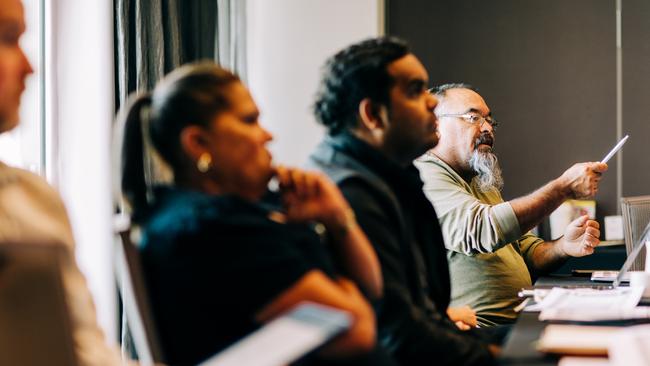
He uses the Kangaroo Island community as a key example. They had been working with them before the devastating 2020 bushfires, but important conversations were had in the immediate aftermath.
“While everyone was focused on the immediate response in terms of short term relief funding, we said to the community group we were working with, for the next 12 months you’re gonna be pretty busy just in terms of recovery,” he says.
“But we’re going to commit to giving you 10 years of funding now, so stay in touch with us and in 12 or 18 months time when you’re ready to continue with Our Town and start that process of looking at what would support the wellbeing of your community, let us know.”
Which is precisely what is happening now ... and in other communities across the state.
He says the role of organisations such as Fay Fuller in particular, and philanthropy in general, is vital.
“There’s that old saying that if you go back in time and step on a frog it can fundamentally change the course of history for 1000 years ahead.
“Everyone kind of accepts that through sci-fi logic; you go back in time, don’t step on anything you shouldn’t step on, because it could have cataclysmic impacts for the future.
“But we’re not willing to accept the logic that if I show one act of compassion for someone now, that could have cataclysmic changes into the future too.”
DAY FAMILY FOUNDATION
THERE were a few pivotal moments in Geoff Day’s life which led him to establish a family foundation for the betterment of South Australians.
The first was his early years as a young lad in Djakarta, where he witnessed first hand poverty and poor living conditions.
The second was, as a successful businessman with Macquarie Private Wealth, he began asking basic questions like: “How much money do you really need?” and “Is a significant intergenerational wealth transfer to our children really a good thing”.
As a family they decided, “excessive wealth can devalue the importance of having the successes and failures in life which only come with challenges”, says Geoff, who runs the foundation with his daughter, Kate Stock.
“We all need purpose and motivation throughout our lives to be happy and philanthropy can be part of the mix,” he says.
“Our children are very aware of their privileged upbringing and supported the idea of establishing a family foundation.”
Rather than leaving a substantial bequest, they established a corpus of funds, which would facilitate their giving for the rest of their lives and perpetuate their philanthropy so that their children could continue to serve the community.
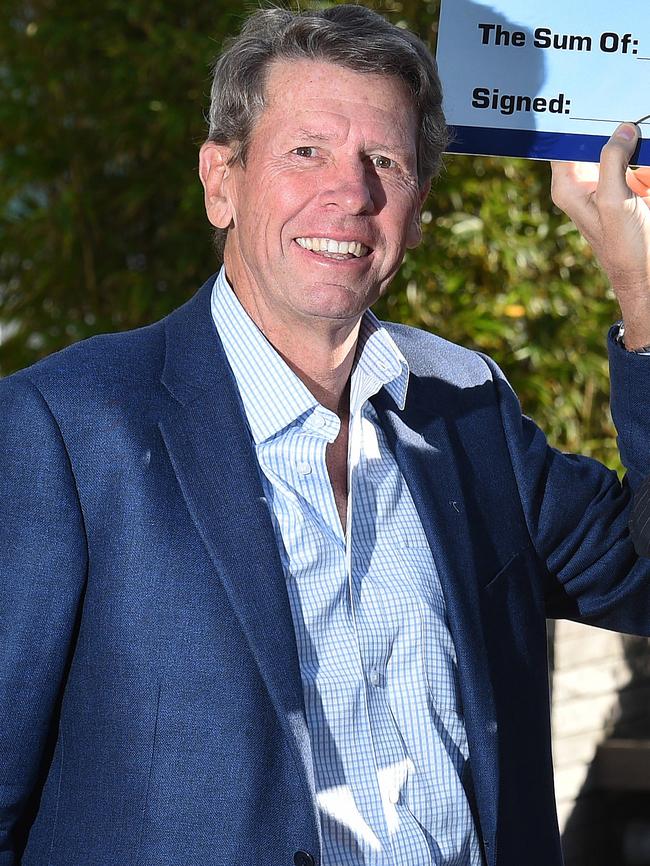
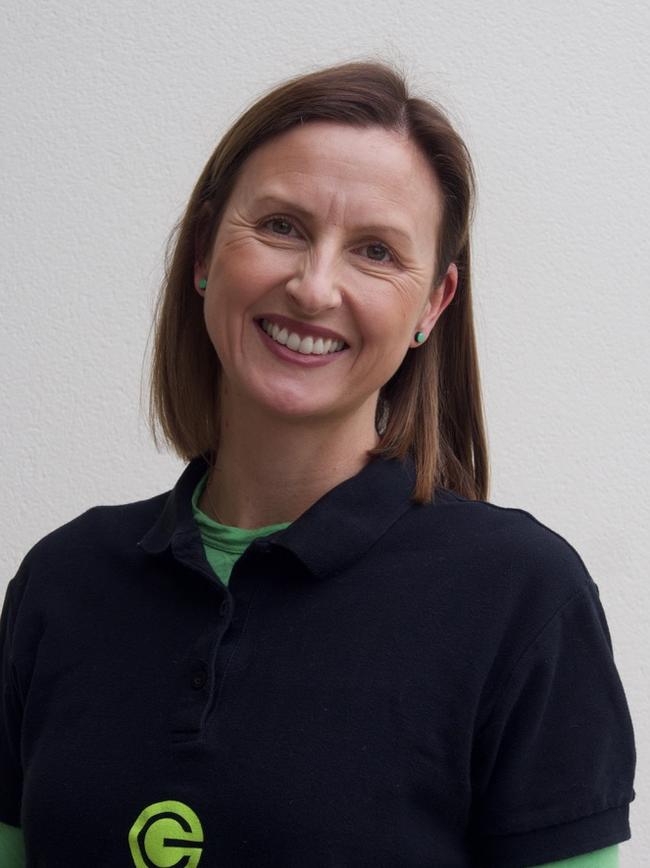
They focus on four dominant areas: leadership, education, growing community philanthropy and social venture capital. They have actively supported both leadership development in the not for profit sector and principals in low socio economic schools. They have also supported music and entrepreneurship education in low socio economic schools.
“In the area of education, we felt scaling music and entrepreneurship in schools would not only help the creative side of a child’s education, but also enhance the critical role that well being plays in a students desire to attend school and engage more actively in the curriculum,” he says.
They have supported collective giving circles, such as Impact 100 SA, and provided the capacity building to educate the community about structured giving. They’ve provided the risk social capital that NFP’s need to try new ventures and programs to become more sustainable.
Geoff is not looking for publicity (he was actually pretty hard to track down). He is a little uneasy talking about the breadth of work the foundation does. Equally he understands that to grow the philanthropic sector, he needs to take a leadership position to encourage others to do the same. His basic message is that you don’t have to be super wealthy (they’re not) to do so. And by getting involved, you get back as much as you give.
“This is about embedding a culture and embedding culture takes many, many years,” he says.
“My personal experience has been that I’ve taken my business skills and my network and I’m leveraging off all those things to be strategic with our philanthropy rather than just donations.”
Now retired, it gives him purpose, but also keeps his mind busy.
“Business people are in a unique position to do so much in the community and get an enormous amount of satisfaction out of it,” he says.
“But nobody hands the menu on a platter to them. You have to have that desire to dig a little bit deeper to see what the needs of a NFP are. . It might be better governance, strategic plan reviews, connections to business for in kind support. Some of these needs can have quick wins and others require longer term support. Helping build stronger foundations does not necessarily require funding but helps strengthen the sustainability of an organisation.
“But strategic philanthropy will help you do that. It’s also challenging to work out how we can convert our wealth into something more meaningful.”
The foundation is now planning to employ a business development manager to run seminars with professionals about strategic philanthropy.
“Once business people start to see challenges, they think about the solutions,” he says.
“And so it’s about I think, changing the mindset of what philanthropy is about because a lot of people see it as just giving donations.”
He says a lot of people who could make a genuine difference get turned off by some of the big names who soak up much of the publicity.
“The billionaires of the world get an enomous amount of publicity about their generosity, but people go,’ Oh, if that’s philanthropy, I’ll leave it to the big boys,” he says.
““And yet if you’ve got 30 new family foundations in South Australia with say $2m each, the cumulative impact in our community will be significant and the James and Diana Ramsay Foundation is a great example of growing and perpetuating your philanthropy.”
NUNN DIMOS FOUNDATION
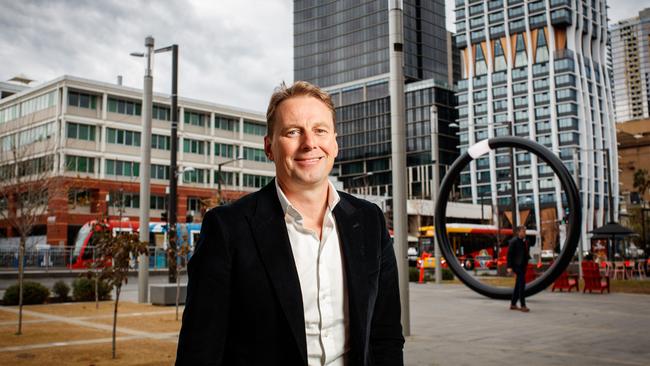
ALEX Dimos and Andrew Nunn came to South Australia 25 years ago from Melbourne, built a number of strong businesses (Nunn is now the state’s Chief Entrepreneur) and, in 2017, founded the Nunn Dimos Foundation.
“The key to the commitment to establish a family Foundation was not to overthink it,” Mr Nunn says now.
“When we started the foundation, we ‘splashed in the shallows’ and donated to several different South Australian charities, education, health, environment and the arts.
“Our giving over the years has become a little more strategic with the two key priorities being relationships and impact.
“Our giving has naturally gravitated to supporting the Arts in SA because the sector plays an important role in health, wellbeing, education, tourism and, much much more.”
Mr Nunn said the, during the pandemic, their foundation’s love for the arts propelled them to “put forth an even greater effort to protect the sector in SA, by stepping up in our own giving and encouraging others to do the same”.
Some highlights include the collaboration and investment into Adelaide Film Festival, State Theatre Company of SA’s production of the Dictionary of Lost Words, the Adelaide Festival including Writer’s Week, the Adelaide Fringe and the AGSA, MUD, Illuminate.
The foundation also invests in multi-year, funding in scholarships, Hutt Street and empowerment of Women and Girls through Port Community.
“We continue to provide ongoing support to the broader SA charities sector and will continue to target both established charities as well as new charities focused on impact,” he says.
Philanthropy in South Australia is often a highly private pursuit. Please let us know if we may have missed any significant group or individual by leaving a comment below and we will add them to the article in due course.
Originally published as Our greatest givers: SA’s high-impact philanthropists



